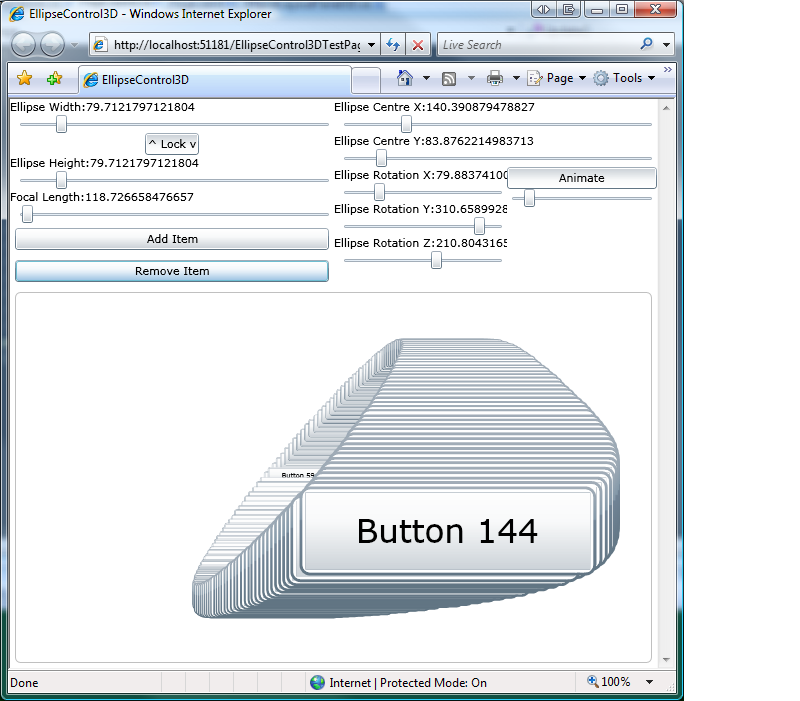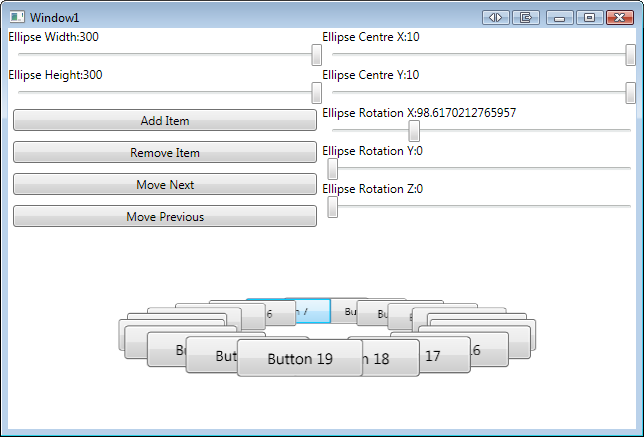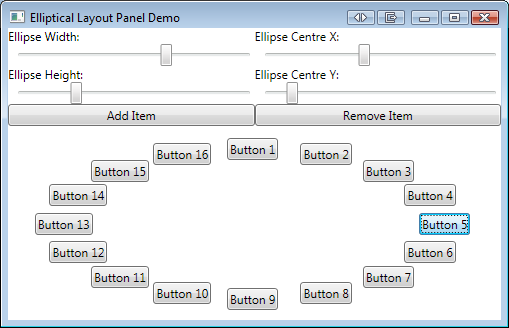The Durable Task Framework, created by Abhishek Lal over at Microsoft, is fantastic. It allows you to leverage the Windows Azure Service Bus to create long running, durable workflows (orchestrations) comprised of one or more sub-tasks (activities) or even sub-workflows. If you’re not familiar with the framework, take a look at it first before continuing. The above link contains a download with some documentation and samples for using the framework.
It didn’t take long for me to get up and running with an orchestration and a few tasks, although I quickly realised that I had overlooked one key point. The input and output objects for each task are serialized and transmitted over the Azure Service Bus. Initially my inputs were complex types with a unity container reference so I could share a single instance of a unity container with all of my orchestrations and tasks. Serializing the unity container is out of the question, but it wasn’t obvious to me how I could use the framework to allow me to inject my unity container in to the orchestrations and tasks.
In this post, I present a solution to configuring your setup such that you can provide your task orchestrations and activities with whatever extra data you need.


